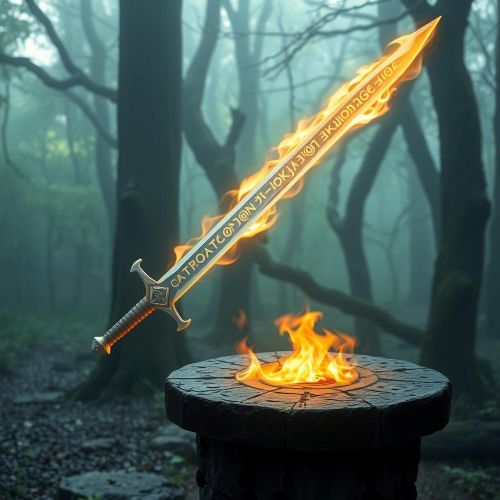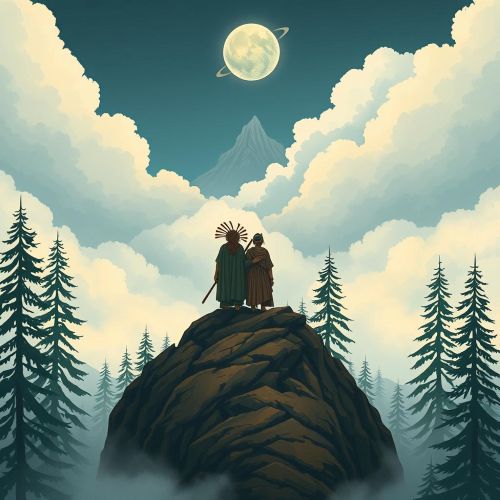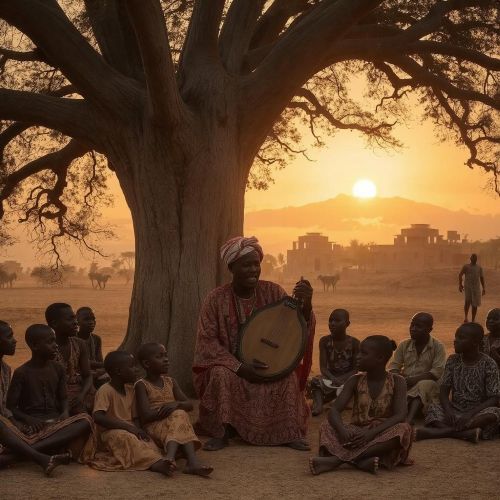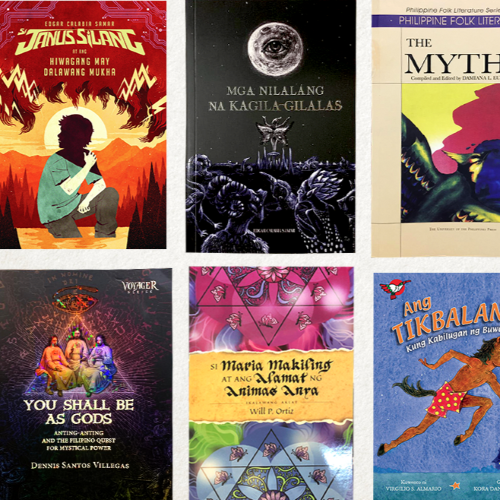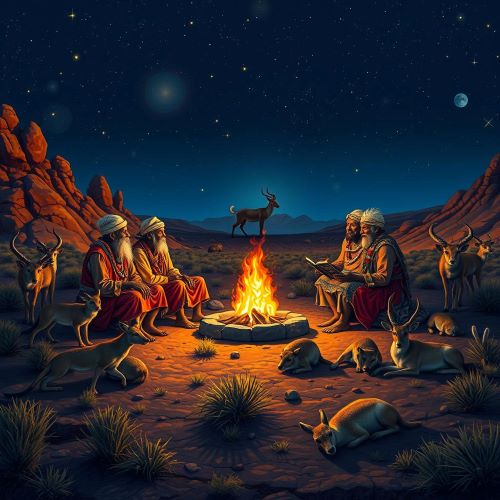The Role of Stories in Ancient Mythology: Preserving Legends Through Time
For thousands of years, stories have been crucial for mankind’s culture as they expressed various cultures, dreams, and beliefs at the same time. This phenomenon is best illustrated by ancient mythology since it has such inspiring legends about its process. The collection is more than interesting tales because the collection shows the core values, knowledge, and what they did not know, of historical civilizations.
In the blog, the transmission practices of myths are considered through oral tradition and their significance in terms of their cultural importance and their transformative work in contemporary artistic and narratival work. Greek heroes how they overcame danger and Norse mythology of the gods and the giant stratagems, which live as a legend through time.
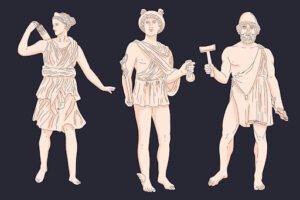
The Power of Oral Tradition
Throughout ancient communities before writing was discovered people relied on spoken traditions for their societal communication methods. Wisdom keepers and storytellers of past generations acted as knowledge storages who taught myths and legends to new groups in order to educate and unite while providing entertainment. Through these stories people transmitted more than basic stories because they acted as cultural and historical warehouses while embodying social traditions.
At the start, the Iliad and Odyssey existed as spoken tales which later found identification in written texts. Through rhythmical delivery and mnemonic techniques ancient bards preserved complex ancient stories using repetition while maintaining the many details intact for hundreds of years. The oral storytelling methods enabled Greek cultures to protect their collective values and preserve their beliefs which built unity between community members.
The Greeks were the only society that embraced oral storytelling traditions through their culture. Norse sagas and African folktales along with Native American myths made use of this oral retention method to guarantee their legendary content survived. The origins of legend preservation were formed by traditional methods that connected historical narratives from one era to the next generation.
Key Myths Across Cultures
Whatever mythology is the product of each culture makes a permanent contribution to the universality of the existence of mythology and is an integral part of the diverse array of human narrative art. There exists various famous myths they possess the cultural value which follows:
People with regards to Greek myth found meanings of both Zeus and of Achilles as tales and of natural phenomenon tales such as thunder for Zeus as angry expressions from Zeus. Mythology was able to convey messages of pride in the individual and of courage in men through their stories.
Most of the stories that the Roman mythological tradition adopted were from Greek mythology, and myths would be moulded in the way they fitted Rome’s aspirations to lead an empire. Dominance during its creation was a dominant theme in the Roman myth of Romulus and Remus creating Rome, accompanied by loyalty.
Tales about Odin and Thor and the Ragnarok story were used from Norse mythology from the Viking era to adapt realistic Viking life themes, which focused around power, sacredness together with necessary sacrifices and uncontrollable fate.
Having composed the myths is the essential foundation of their civilizations both for expressing victories and defeats and for unexplained phenomena of their cultures.
Functions of Myths in Ancient Societies
Ancient civilizations called myths had more to the stories than fictitious narratives because they had an important function for their societies. The following details show how myths created the world view of ancient peoples and the way they live.
Explaining Natural Phenomena
Myths were used to define the relationship between natural phenomena and communities because they didn’t know what science was. According to Greeks, the Persephone; the journey of the underworld brought on winter and her return for the spring.
Teaching Moral Lessons
In society’s stories of mythologies, they learned of moral guidelines through these sort of stories, to discourage proud actions, no matter how much or what a person wants, or if they have a defiant attitude in their actions. His disobedience near the sun was the point of a legendary tale in which the Warnings had been heed, but Icarus didn’t, and it ended in disaster.
Preserving Historical Events
Fulfilling the need for combining real and fictional elements, myths created these combinations out of real events. During the period of the Trojan War, a large fraction of myths involved interaction with documented history and fighting and things that can be found in real events in historical mythological tales.
Essentially, societies used myths as the fundamental implements to set social guidelines or propose suitable conduct.
How Stories Shape Societal Norms
The myths performed not only for entertainment but also served multiple functions of deciding the path of a society and shaping the cultural behavior. Beyond a law, Osiris played an important role in attempting to validate divine and royal power through the afterlife significance which validated both the nature of godly and royal power to protect cosmic order.
The interconnectedness of everything that lived that was accounted in Native American creation myths caused the people to be willing to respect the natural order. By setting forth these narratives, they also presented passages to define collective responsibilities and ethics because the narratives provided the pathway of moral codes that created the eth systems of ancient societies.
Modern Relevance of Ancient Mythology
Even though centuries have passed since these myths first emerged, their influence is still evident today. From blockbuster movies like Thor to epic fantasy novels like Percy Jackson, ancient mythology continues to captivate modern audiences.
- Literature: Many classic and modern works are deeply rooted in mythological themes. For instance, J.R.R. Tolkien’s The Lord of the Rings draws heavily on Norse mythology, while T.S. Eliot’s The Waste Land references Greek myths.
- Art: Ancient mythology is a rich source of inspiration for visual artists. Renaissance painters like Botticelli immortalized myths such as The Birth of Venus, ensuring their stories lived on in another medium.
- Film and Media: Myths have found new life in cinema, with franchises like Marvel weaving Norse gods like Thor into modern narratives, showcasing their timeless appeal.
These adaptations demonstrate how myths have evolved while still preserving their core themes and lessons, embodying the concept of preserving legends through time.
Additionally, preserving oral stories in the modern era has become far easier, thanks to technology like phone recorder iPhone apps. Tools like that you can Install on iOS enable us to document even spoken conversations, ensuring that no tales are lost to time.
The Enduring Legacy of Mythology
Mythology goes beyond its legendary content — history as it is accompanied with imagination and with cultural values. These ancient myths also show us legends that helps us to know about ourselves and our desirable character.
Myths contain the mysteries of the universe, ethical teachings, and serve to work as cultural guides, as well as useful links between generations of cultures. Modern storytellers who both draw inspiration and seek their creative essence in these dusty and ancient older legends allow for these myths to evolve into new advancements, continuing the old legends’ ancient legacy in the new setting.
Humanity can never stop its requirement to understand the world through myths that persist in both written words and through digital systems such as iCall and others.




